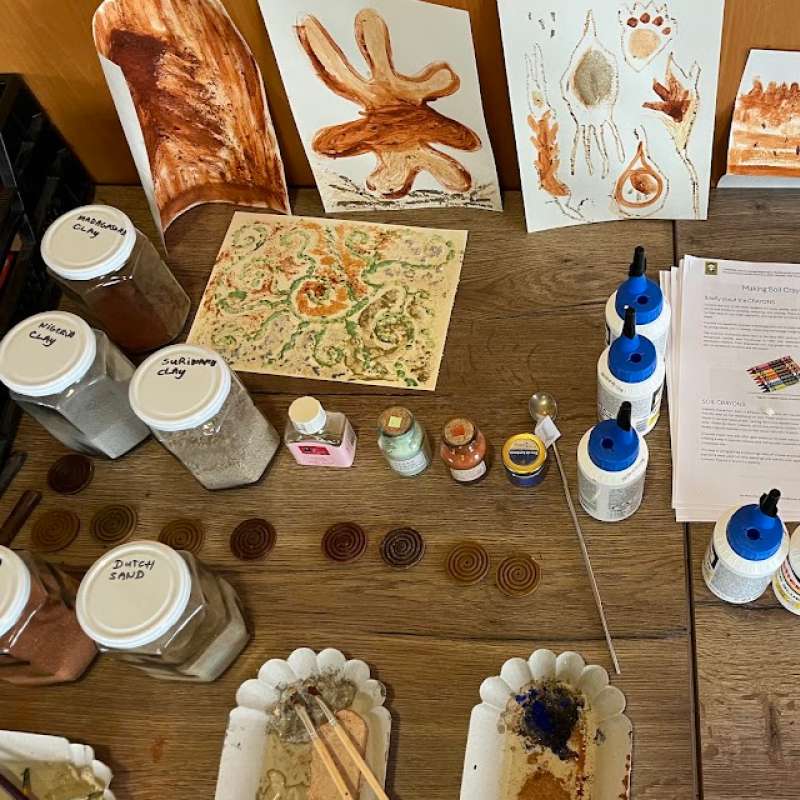Jannes Stolte
Seniorforsker
(+47) 974 04 696
jannes.stolte@nibio.no
Sted
Ås - Bygg O43
Besøksadresse
Oluf Thesens vei 43, 1433 Ås (Varelevering: Elizabeth Stephansens vei 21)
Biografi
Min langsiktige erfaring er på nedbørfelts-hydrologi, med vekt på jordfysiske prosesser. Jeg har utført studier på jorderosjon i Nederland, Kina og Norge, og har utviklet og grundig testet en fysisk basert hydrologisk og jorderosjonsmodell. Prosesser som flom, måkeerosjon og sediment- og næringstap er kjernen i arbeidet mitt. Jeg har analysert og definert; (i) måleteknikk for modellparametere; (ii) feltovervåking for kvantifisering; (iii) modellanalyse; (iv) definere tiltak for å redusere erosjon, flomrisiko og jordforringelse; (v) valg av mulige tiltak; og (vi) kvantifisering av utvalgte arealbruksstrategier.
Mitt vitenskapelige mål er å opprettholde jord av god kvalitet og redusere flom- og erosjonsrisiko, med fokus på jordfunksjoner og økosystemtjenester. Det er et overbevisende behov for å utvikle et grundig risikobasert rammeverk for å vurdere jordhelse. Jeg tror at ved å implementere en arealbruksstrategi som bruker landskapet til å fange og fordrøye vann, vil avrenning avta, noe som resulterer i en nedgang i flom- og erosjonsrisiko. Hvis jordbrukspraksis samtidig fokuserer på økning av organisk materiale og infiltrasjonskapasitet, vil jordkvaliteten øke så vel som jords evnen til å utføre sine funksjoner. Jord av god kvalitet er nødvendig for mat, fiber og drivstoff for en voksende befolkning, noe som gjør jorda til en delt ressurs som krever å bli ivare tatt.
Forfattere
Sabine Huber Marie-Cecile Gruselle Katharina Keiblinger Ingrid Lubbers Sónia Rodrigues Hanne Ugstad Jannes Stolte Nafiseh Taghizadeh Kerman Frederik Bøe Franziska FischerSammendrag
Det er ikke registrert sammendrag
Forfattere
Lillian Øygarden Åsmund Kvifte Jannes Stolte Sigrun Hjalmarsdottir Kværnø Marianne Bechmann Johannes DeelstraSammendrag
Det er ikke registrert sammendrag
Sammendrag
Det er ikke registrert sammendrag

Divisjon for miljø og naturressurser
CURIOSOIL
Igjennom CURIOSOIL skal jordundervisningen styrkes, i og utenfor klasserommet for alle aldersgrupper. Målet er å vekke interessen for jord og fremme jordkunnskap i Europa.

Divisjon for miljø og naturressurser
CURIOSOIL
Through CURIOSOIL, soil education will be strengthened, both in classrooms and at other learning arenas, for all age groups. The aim is to enhance soil literacy in Europe.
